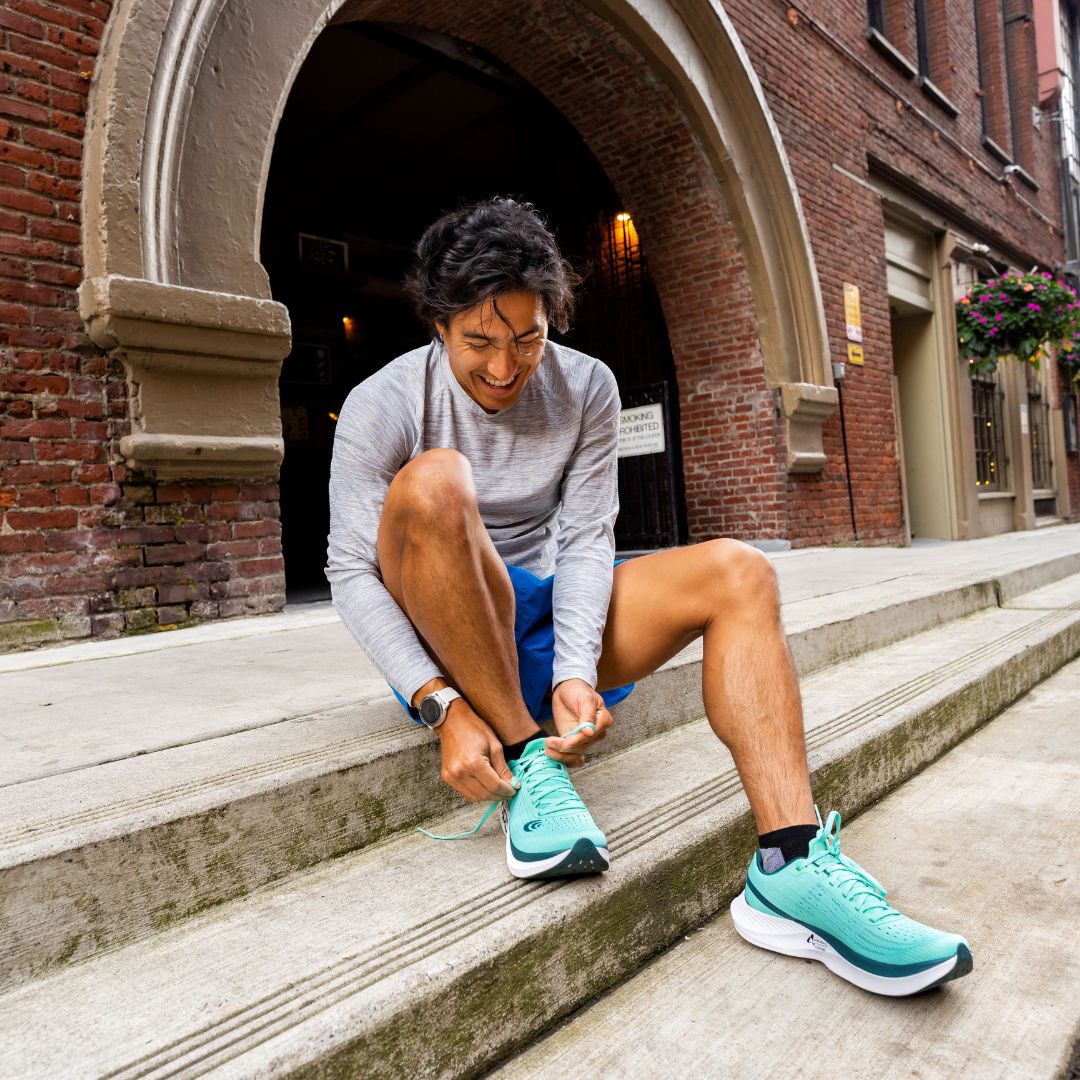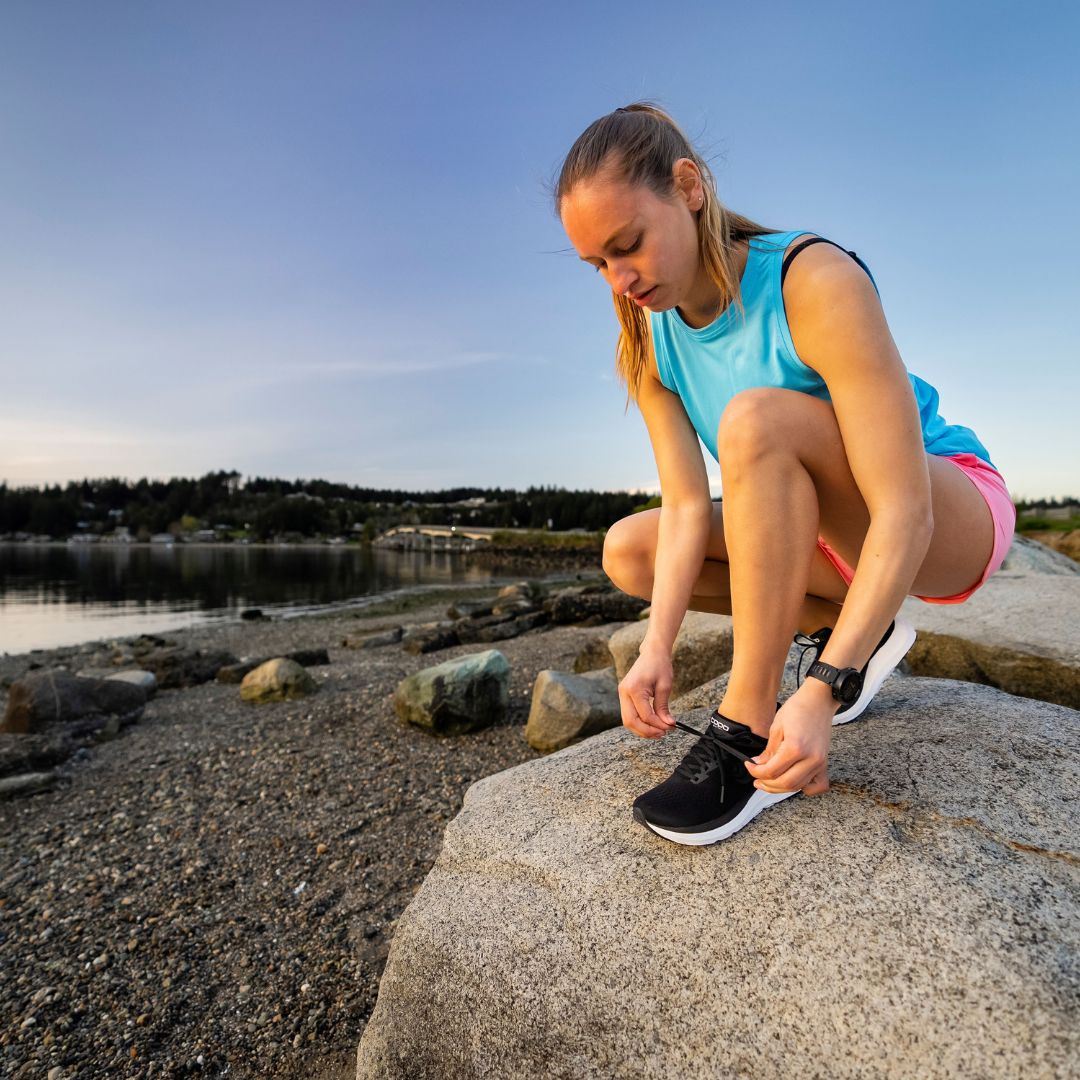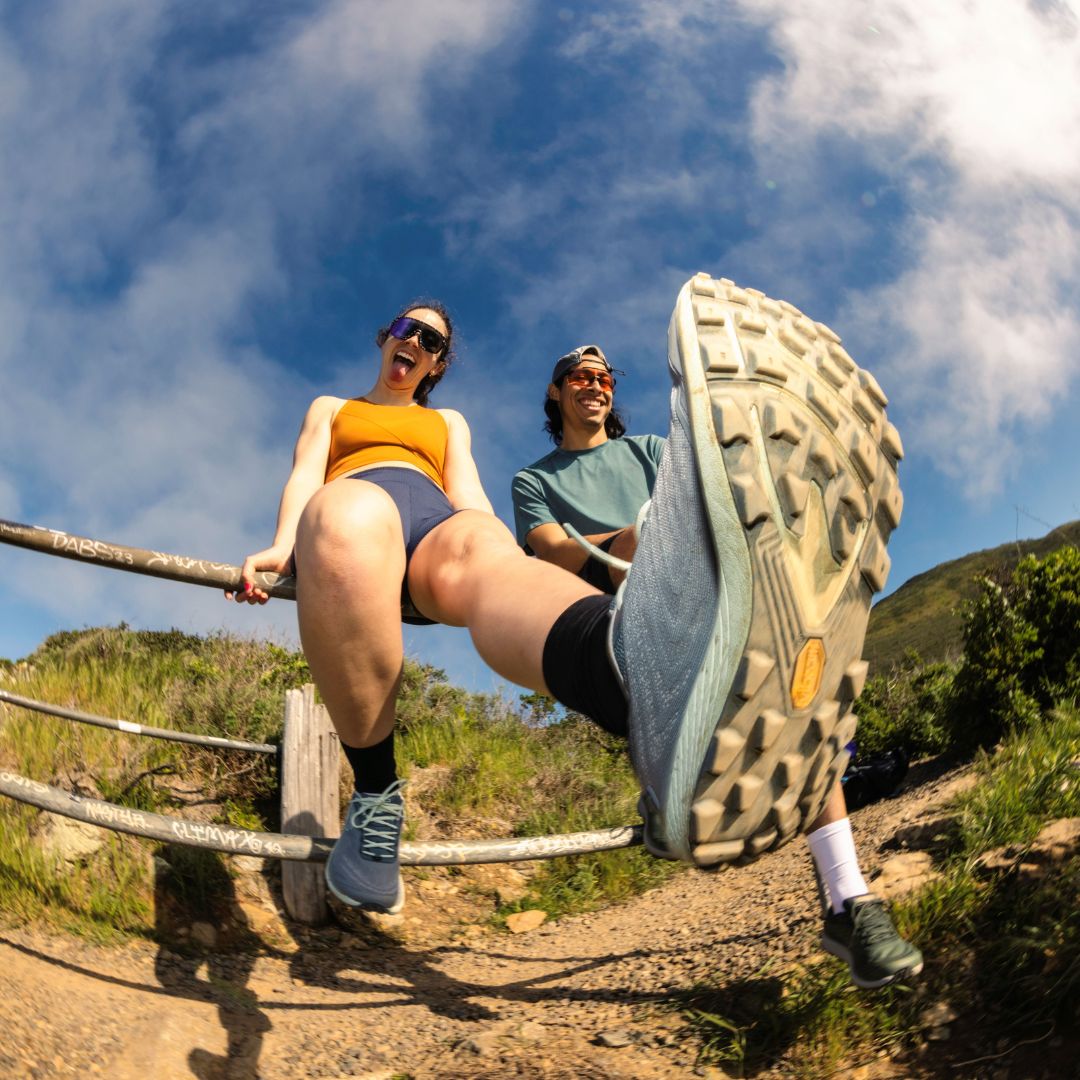Guide to running your first 10K – a beginner's path to better fitness

Starting to run can feel challenging, but with the right mindset and a sustainable training program, you can gradually build up your fitness and manage to run your first 10 km. The key is to start slow, increase the load gradually, and combine running with stretching and strength training to prevent injuries. It may sound like a lot to keep track of, which is why we at Topo Athletic have created a guide on how you can succeed!
Why run training?
Running is one of the most effective forms of cardiovascular training. It strengthens the heart, improves endurance, and is an excellent way to improve overall health. Being physically active regularly strengthens both muscles and bones while reducing the risk of diabetes, high cholesterol, high blood pressure, and cardiovascular diseases. Additionally, running can serve as a mental break from everyday stress and provide a sense of well-being.
Training program: 10 weeks to 10 km
To make running sustainable and injury-free, it is important to build up your running gradually. Instead of focusing on distance, training sessions are measured in minutes to adapt the training to your pace and avoid unnecessary pressure. An easy pace can vary between 6:30 and 7:30 min/km but can also be faster or slower depending on your fitness level. Follow this 10-week program to gradually improve your fitness and manage to run your first 10 km.
Week 1-2: Build a habit
-
Session 1: 20 min running (easy pace) + 5 min walking
-
Session 2: 3 x 5 min running + 2 min walking in between
-
Session 3: 25 min running at an easy pace
Week 3-4: Increase gradually
-
Session 1: 3 x 8 min running + 2 min walking in between
-
Session 2: 30 min running at an easy pace
-
Session 3: 20 min running + 5 min walking + 10 min running
Week 5-6: Strength and endurance
-
Session 1: 4 x 10 min running + 1 min walking in between
-
Session 2: 35 min running at a steady pace
-
Session 3: Hill intervals: 6 x 30 sec uphill + 2 min jog rest
Week 7-8: Approaching the goal
-
Session 1: 3 x 15 min running + 2 min walking in between
-
Session 2: 40 min running at a steady pace
-
Session 3: Fartlek (vary pace for 30 min)
Week 9-10: Ready for 10 km
-
Session 1: 45 min running at an easy pace
-
Session 2: 5 km at a fast pace
-
Session 3: 10 km at an easy pace – time to finish!
Stretching for runners
Stretching helps you maintain mobility and reduce the risk of injuries. Here are some important stretching exercises:
-
Calf stretch: Press the heel down into the ground and hold for 30 seconds.
-
Back of the thigh: Stand with one leg straight in front of you and lean your torso forward.
-
Hip flexor: Take a long step forward into a lunge and sink down until you feel a stretch in the hip.
-
Front of the thigh: Stand on one leg and pull your heel towards your buttocks.
-
Glutes and hips: Sit on the floor with one leg bent over the other and twist your torso towards the bent leg.
Strength training for runners
To stay injury-free, it is important to complement running training with strength training. Here are some effective exercises:
-
Squats: Strengthens thighs and glutes.
-
Lunges: Builds stability in the legs.
-
The plank: For a strong core and better running technique.
-
Calf raises: To strengthen the calves and reduce the risk of shin splints.
-
Hip lifts: For stronger glute muscles, which is important to maintain a good running style.

















